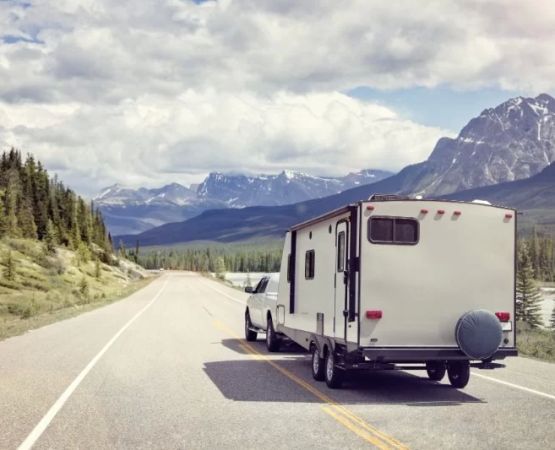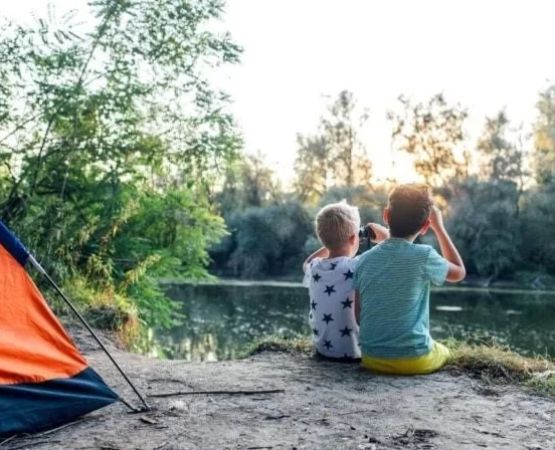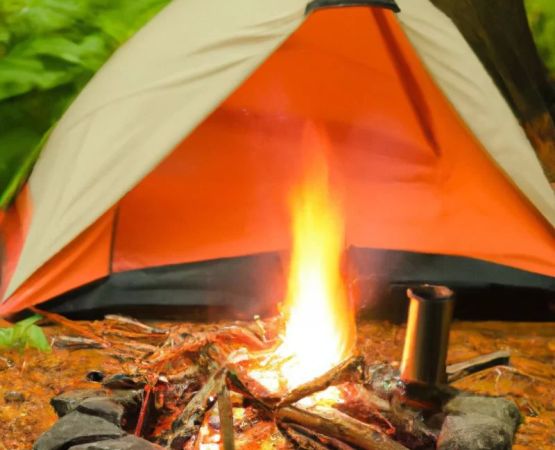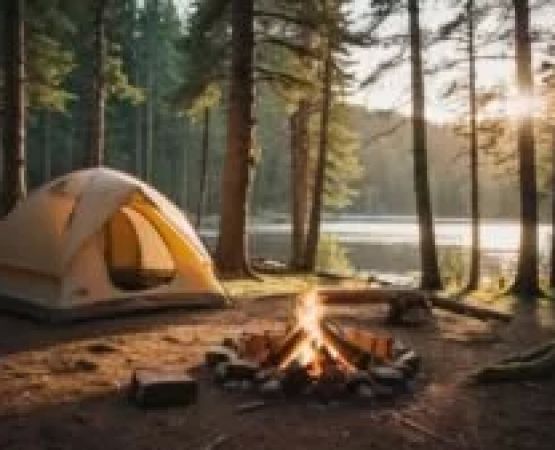Combining Rock Climbing with Camping: My Ultimate Outdoor Adventure
The Thrill of Climbing and Camping
As someone who loves both rock climbing and camping, I’ve found that combining the two creates an incredible outdoor experience. There’s something uniquely satisfying about setting up camp in a remote location, spending the day scaling a challenging rock face, and then returning to your tent to rest and recharge. Over the years, I’ve learned that a successful climbing and camping trip requires a bit of planning and the right gear, but the rewards are more than worth it. Whether you’re a seasoned climber or new to both activities, combining rock climbing with camping offers a perfect blend of adventure and relaxation.
In this article, I’ll share the best tips I’ve gathered from my climbing and camping adventures, from choosing the perfect location to packing the right gear. If you’re ready to take your outdoor experience to the next level, here’s everything you need to know about combining rock climbing with camping.
1. Choose the Right Location
One of the first things I consider when planning a climbing and camping trip is the location. You’ll want to find a spot that offers great climbing opportunities but is also suitable for camping. I’ve found that national parks and protected areas are often the best choices. Locations like Joshua Tree National Park in California and Yosemite Valley in California are world-renowned for their climbing routes and also offer excellent campsites nearby. I’ve had the pleasure of camping near some of the best climbing spots in these areas, where I was able to wake up in the morning, have breakfast, and walk straight to the base of a beautiful climbing route.
When selecting a campsite, make sure to check for proximity to climbing routes, as well as the terrain. You’ll want to choose a place with easy access to the rock face while keeping in mind the need for a safe and flat campsite to rest at night. Also, consider weather conditions—climbing areas like the Red River Gorge in Kentucky can be very humid in the summer, so having a campsite that provides shade and ventilation is key.
2. Pack the Right Climbing and Camping Gear
Combining rock climbing with camping means you need to pack for both activities. Over the years, I’ve learned the importance of packing smart, balancing the gear needed for a comfortable camping experience with the equipment required for climbing. I remember one trip where I overpacked with climbing gear and found myself lugging around more than I needed, which made hiking into the campsite a lot harder than it needed to be.
Here’s the gear I always bring for a successful climbing and camping trip:
- Climbing Gear: Essentials include a harness, climbing shoes, rope, belay device, carabiners, and a crash pad for bouldering. I also bring a small repair kit for any gear malfunctions and a chalk bag to help with grip.
- Camping Gear: A lightweight, durable tent is a must. I use the MSR Hubba Hubba NX 2, which is compact enough for backpacking but spacious enough for comfort. Don’t forget a high-quality sleeping bag rated for the temperatures you’ll be camping in, and a pad or inflatable mattress to keep you off the cold ground.
- Cooking Equipment: I typically use a compact camping stove like the Jetboil MiniMo for quick and easy meals. A lightweight cookpot and utensils round out my cooking setup.
- Clothing: Layering is crucial for both climbing and camping in varying weather. I pack moisture-wicking base layers, a warm mid-layer like fleece, and an outer waterproof jacket for any rainy or windy conditions.
3. Stay Safe and Prepared
Safety is a top priority when combining climbing with camping. One of my most memorable climbing trips was in Squamish, British Columbia, where I was eager to tackle some multi-pitch routes. I quickly realized that rock climbing in the wilderness requires a high level of self-sufficiency. Besides packing all the necessary gear, I always make sure to have a comprehensive first aid kit, extra food, and water, especially when venturing out on less accessible routes.
I also make sure to check the weather forecast and climbing conditions beforehand. It’s important to know whether the rock face is dry or wet, as climbing on wet rock can be dangerous. I always leave a detailed itinerary with a friend or family member, telling them where I’ll be and when I expect to return, just in case of any emergency.
4. Climbing and Resting: A Balance
One thing I’ve learned over the years is the importance of balancing climbing with rest. While the adrenaline rush of scaling a rock face is exhilarating, your body also needs time to recover. I remember my first time trying to climb multiple routes in one day—my muscles were sore, and my energy was drained by the end of the day. Now, I pace myself by allowing plenty of rest time between climbs, which gives my body the chance to recharge for the next route.
Resting at camp is equally important. After a day of climbing, I make sure to hydrate, eat a balanced meal, and relax by the campfire. I’ve found that light stretching and yoga help ease sore muscles and improve flexibility, making the next climbing day more enjoyable. Always be mindful of your body’s limits, and don’t push yourself too hard, especially if you’re camping and climbing for multiple days in a row.
5. Enjoy the Outdoors and Embrace the Adventure
For me, combining rock climbing with camping is all about embracing the adventure and enjoying the outdoors. On one trip to Joshua Tree National Park, I woke up early to catch the sunrise and couldn’t help but be in awe of the vast desert landscape surrounding us. Climbing in such an incredible place made me realize how much more special the experience is when you combine it with camping. At the end of each climbing day, sitting around the campfire with my friends, exchanging stories, and reflecting on the day’s climbs has been one of the most fulfilling experiences of my life.
Ultimately, rock climbing and camping together is about enjoying nature, pushing your limits, and creating unforgettable memories. Whether you’re conquering your first climb or scaling a challenging new route, each day in the outdoors is an opportunity to grow and connect with nature.







